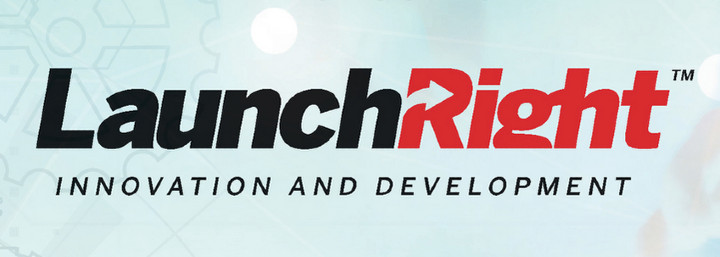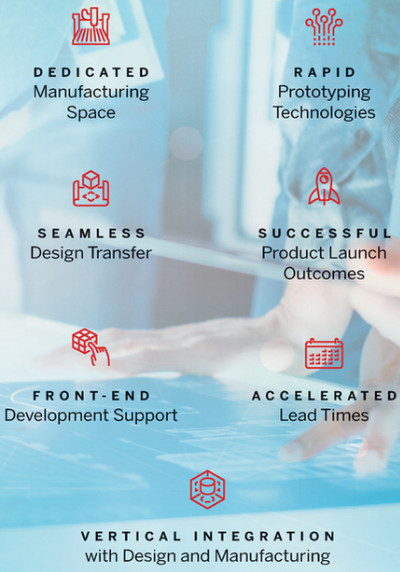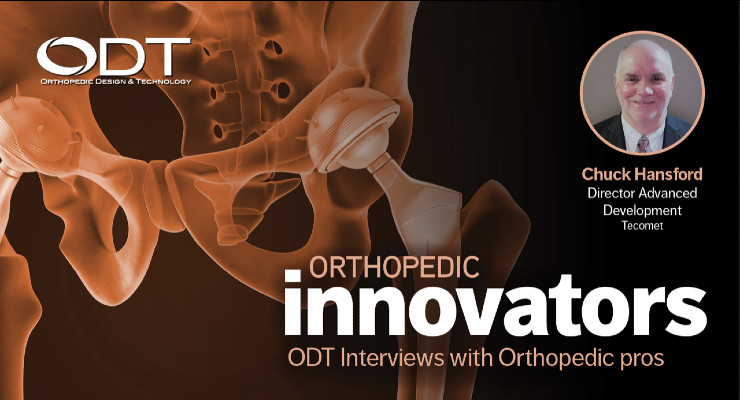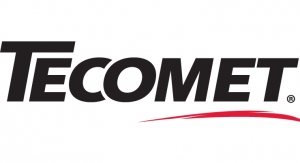The medical device industry continues to get more complex and that isn’t going to change anytime soon. As such, having established relationships with trusted suppliers will help ease the pathway to success. Developing these partnerships takes time, however, so avoiding potential missteps in building it is beneficial.
One method for developing an advantageous, lasting relationship between OEM and supplier is through the mutual development of a new product or innovation. This process helps to identify the most relevant strengths and weaknesses of both parties and they learn where to best leverage the most important talents. This process can move a transactional relationship into the realm of a true partnership.
Offering his insights on how best to accomplish this, Chuck Hansford, director of advanced development at Tecomet, took time to share his experience with this matter. Hansford has worked in product development for a large OEM, and multiple contract manufacturers for over 35 years. In this Q&A, he addresses a number of questions about how to best handle this relationship early in development and shares best practices he’s come to see as most beneficial.
Sean Fenske: Why is it important for orthopedic device OEMs to bring in supply and manufacturing partners early in product development?
Chuck Hansford: There are several benefits for both the OEM and supply partner. For the OEM, speed to market, seamless design transfer into manufacturing, and reduced development cost are some of the major advantages. There’s a common theme in medical product development—first to market with a new product entry is assured a significant share of the market for multiple years after launch. The only way to guarantee first to market is to shorten the product development process. Shortening lead times reduces development costs. Early collaboration allows for early design iteration, which leads to increased understanding of product need and advanced consideration of the manufacturability of the design.
By engaging with supply and manufacturing partners, OEMs have the benefit of utilizing additional resources, as well as access to the latest technologies and manufacturing processes in the industry. The earlier a supply partner engages in the development process, the sooner the product will launch.
On the other hand, the supply partner gets early insight of industry trends and can be adequately prepared with the technology needed for success. A process for manufacturing can also be predetermined. This will only work if the relationship between the OEM and the supplier is viewed as a true partnership.
Fenske: How does innovation development serve as an anchor for an OEM/supplier relationship?
Hansford: The relationship created during successful innovation development builds trust and confidence between both parties. If an OEM is already using the supply partner for manufacturing, involving them in the front-end development process is just an extension of the relationship if the supply partner offers the service.
Fenske: Are there critical traits an OEM should seek when selecting a partner with which to develop a new product?
Hansford: In a short answer, Yes, depending on the point of entry in the development process and the particular need of the OEM. For a supplier to be considered a strategic partner, they must offer a full gambit of capability. As an example, if the supplier is only manufacturing prototypes and not engaging in the design for manufacturability, there is no opportunity to offer recommended design improvements that will shorten the development cycle. This example is what I see most often in industry. The OEM is just looking for the quickest, cheapest solution to check a box and move on to the next design iteration. In these cases, the supplier is just a conduit to getting a part in hand.
As a strategic partner, the supplier engages with the OEM, suggesting design solutions and manufacturing alternatives that may reduce or eliminate additional design iterations. Strategic partnerships with suppliers that offer development capabilities from concept to production will reduce the development cycle by not days or weeks, but months.
Think about it like this: if the OEM engages with a strategic partner who offers capabilities from innovation development through production launch, the OEM receives all the benefits the strategic partner has to offer. Early engagement of prototyping (subtractive and additive), design engineering (concept through feasibility), manufacturing engineering (pre-feasibility), and advanced technologies access are the ingredients for success.
Fenske: How can a potential supplier/manufacturing partner demonstrate they will make for a good match with the OEM?
Hansford: In the end, it’s all about the supplier/manufacturing partner making a commitment to the OEM they are there to support the rapid pace required of new product development and prototyping. Depending on the services required by the OEM, the supplier partner needs to offer capabilities that position themselves to be flexible, provide reductions in lead times, reduce costs, and supply resources that build the relationship commitment.
In 2006, Tecomet launched LaunchQuick™—a rapid prototyping lab that supported implant development, while Symmetry Medical (prior to the Tecomet acquisition) offered a Design & Development Center, with a focus on the development of customer instruments as well as Symmetry‘s brand instruments.

In the past couple of years, after looking at how we engage with our customers and all applications of the product development cycle, we blended the two services together to provide an overall support network for our customers. Today, we offer LaunchRight™ Innovation and Development—a product development concept that strategically encompasses all aspects of product development from concept to launch. With this process, Tecomet will advance the relationship with our customers and continue building trust through results. LaunchRight™ Innovation and Development encompasses rapid prototyping technologies (additive and subtractive), front-end development support, vertical integration with design and manufacturing, seamless design transfer, and accelerated lead times.

LaunchRight™ Innovation and Development is a product development concept that strategically encompasses all aspects of product development from concept to launch.
Hansford: This can be an area of hang up for some partnerships. In past encounters with this concern, it has been my opinion the OEM has ownership of any IP generated on their products. If the supply partner employees are instrumental in the design of the product, however, these individuals should be included on any patent submission by the OEM. Any manufacturing process IP has resided with the supply partner.
There are cases where the OEM will allow the supply partner to manage ownership of the product and the IP. Our Design Services team at Tecomet has years of experience working with our customers in the areas of manufacturer of record, distribution agreements, patent searches, issues around IP, and offer support resources for engineering and design, as well as other services to support our customers.
Fenske: What actions should both sides take (OEM and supply partner) during the innovation development process to help ensure a lasting relationship? What are the keys to success?
Hansford: Open communication is the key to success. The supply partner must prove themselves as trusted, reliable, and motivated to provide a service with the OEM’s best interest at the forefront of every decision made. The only way this relationship works is if both parties are committed to the end result.
Fenske: Do you have any additional comments you’d like to share based on any of the topics we discussed or something you’d like to tell orthopedic device manufacturers?
Hansford: Success is not a guarantee, but rather, an attitude. Supplier/manufacturer partners must have the best interest of the OEM in mind, and the OEM has to include the supply partner as a team member.
Click here to learn more about Tecomet >>>>>













